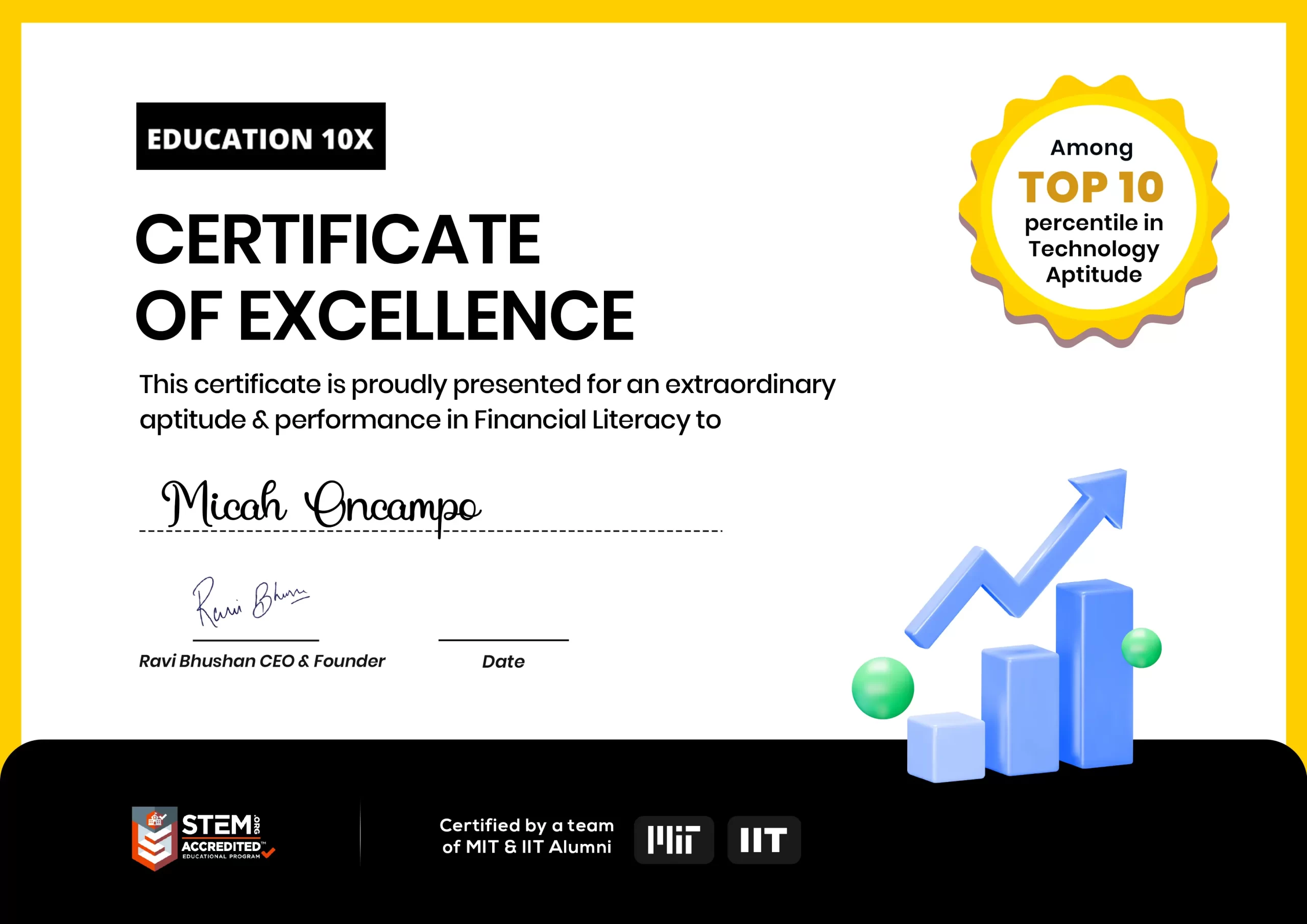Welcome, young money mavens, to a banking adventure like no other! Are you ready to unlock the vault of financial knowledge and embark on a thrilling journey of financial literacy? Get your piggy banks ready, because we’re about to dive into the world of banking games for kids.
Gone are the days of boring textbooks and mind-numbing lectures on finances. Today, we’re turning financial education into an epic quest filled with excitement, strategy, and lots of virtual currency. Get ready to flex your financial muscles as we show you how to teach financial literacy to kids in the most fun and engaging way possible.
Picture this: you’re the captain of your very own virtual bank, making all the important decisions to keep your customers’ money safe and growing. From opening accounts and managing savings to giving loans and even dealing with sneaky counterfeiters, you’ll learn the ropes of banking through exciting challenges and missions.
But it’s not just about playing make-believe bankers; these games will teach you real-life financial skills that will set you up for a lifetime of money mastery. You’ll learn the value of saving, the importance of budgeting, and how to make smart financial choices. And the best part? You’ll do it all while having a blast!
Imagine collaborating with friends or family, forming your very own banking dream team. Together, you’ll strategize, problem-solve, and make decisions that will shape the virtual banking world. With each transaction and calculation, you’ll gain a deeper understanding of the financial system, honing your skills as the ultimate financial whiz-kid.
But let’s not forget the rewards that await. As you successfully navigate through the banking game, you’ll unlock achievements, earn virtual rewards, and watch your bank account grow. It’s like hitting the jackpot while gaining invaluable financial knowledge along the way.

So, fellow adventurers, are you ready to step into the world of banking games and conquer the financial frontier? Join us as we uncover the secrets of financial literacy, one transaction at a time. Get your calculators ready, and your entrepreneurial spirit in gear, and let’s dive headfirst into the thrilling world of banking games for kids. Get ready to level up your financial knowledge and become a money-savvy superstar!
Table of contents

How can games help kids learn financial literacy?
Financial literacy has become more crucial in today’s environment of fast change. Early exposure to the basics of money management for kids can help prepare for a lifetime of successful money management.
Kids’ banking games provide an engaging and participatory way to teach important financial topics. We’ll go into the intriguing aspects of these games in this blog article and examine why they’re an effective tool for teaching kids about money.
Hands-On Learning
Playing banking games gives kids the chance to manage their money firsthand and gives them a hands-on learning experience. Kids can utilize the pretend money, coins, and tokens included in these games to mimic actual banking tasks.
Children practice managing their money by doing activities like saving, spending, and transaction-making.
Realistic Simulation
The capability of banking games for kids to imitate authentic financial scenarios is one of their primary advantages. They introduce kids to ideas like setting up a budgeting for kids, accumulating money, making investments, and even operating a tiny business.
These games frequently have components that simulate real-world activities, like virtual shops, ATMs, and bank accounts. Children gain decision-making skills and awareness of the effects of their decisions through these simulations.
Goal Setting and Rewards
Goal-setting systems are frequently included in banking games to entice kids to save money and hit financial milestones. When children successfully save enough money to meet their intended goals, it gives them a sense of achievement and satisfaction.
These games teach kids the value of saving, postponing gratification, and long-term planning by fostering the habit of creating goals and working towards them.
Financial Literacy Education
Banking games are an effective educational tool for kids learning money for kids and financial literacy for students. They introduce a number of financial ideas, such as earning, spending, saving, budgeting, and even simple investing.
Through interactive gaming, children are taught the value of money, various forms of currency, and how banks operate. They acquire vital abilities that will be useful when they get older and deal with real-world financial situations.
Decision-Making and Problem-Solving
These games teach kids to make decisions and solve problems by providing them with financial conundrums and difficulties. Kids are forced to prioritize their expenses and make judgments about how to spend, save, and do so, which helps them learn to solve problems.
Children learn to make wise judgments and consider the long-term effects of their financial actions by experiencing the consequences of their decisions in the framework of a game.
Competitive and Collaborative Elements
Children can play alone or in teams while participating in cooperative and competitive components in banking games. As children cooperate to reach shared financial objectives, cooperative gaming promotes collaboration, communication, and bargaining abilities in young players.
Playing competitively teaches kids about healthy competition, risk-taking, strategic thinking, and resource management.
Top Banking Games for Kids
Teaching children about money management and financial literacy has become more crucial in today’s world of constant change. Banking games are an entertaining and engaging way to explain these ideas.
Children are entertained while learning valuable skills like saving money, counting, and budgeting through the use of these games. In this article, we’ll examine some well-liked kid-friendly banking games and give detailed instructions on how to play them.
Monopoly Junior
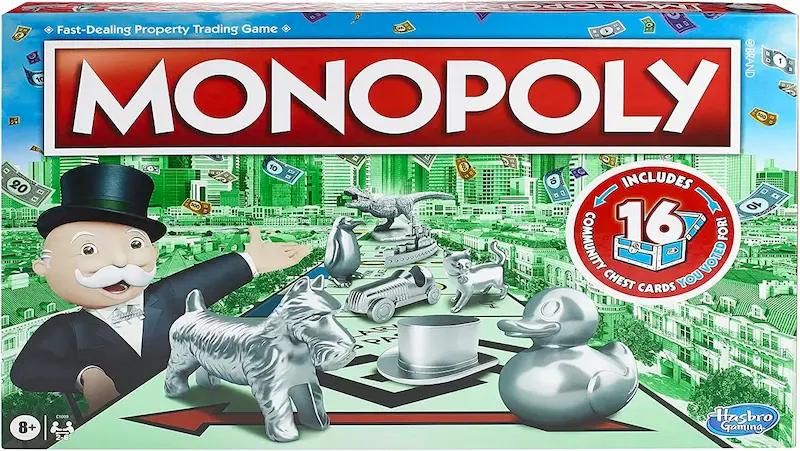
This classic game has a junior version that is perfect for younger children. Players learn about money management, counting, and basic addition and subtraction skills. It can help teach kids about the basics of banking, such as collecting rent, paying taxes, and managing finances.
AGE RANGE: 5-8 years old
The game is similar to the classic Monopoly game, but it has a simplified set of rules and a shorter playing time. The game is designed to teach children about basic money management, counting, and decision-making.
In Monopoly Junior, players move around the board by rolling a single die and moving the number of spaces indicated. Each player starts with a set amount of money and can purchase properties as they land on them. The goal of the game is to be the last player with money remaining.
One of the unique features of Monopoly Junior is that the properties are themed around amusement park attractions, such as a water slide or a merry-go-round. Players can also collect tickets as they move around the board, which can be used to pay for certain expenses or to ride fun rides
Overall, Monopoly Junior is a fun and educational game for children that can help them learn basic financial skills and strategy.
The Game of Life

This game simulates life choices, from career to family to finances. Kids learn about making wise decisions with their money and saving for the future. The Game of Life simulates a person’s travels through their life, from childhood to adulthood and retirement
The Game of Life was US’s first most popular parlor game.
AGE RANGE: 8+
Pay Day
In this game, players get a monthly paycheck and have to budget their money wisely to make it last until the end of the month.

Pay Day is a classic board game that simulates the experience of managing personal finances and budgeting over the course of a month. The goal of the game is to end the month with the most money and assets
Here’s how to play:
Set up the board: Place the game board in the center of the table and place the corresponding cards and pieces in their designated spaces. Each player chooses a colored token and places it in the starting space.
Choose a banker: One player is designated as the banker, responsible for handling all money transactions. Determine the monthly budget: The banker draws a budget card, which sets the monthly budget.
Roll the dice: The player whose turn it is rolls the dice and moves their token along the board accordingly. They follow the instructions on the space they land on, which could include collecting a salary, paying bills, or making a purchase.
Manage finances: Throughout the game, players must manage their finances by budgeting for expenses, making smart purchases, and avoiding debt. They can earn money by collecting a salary, selling assets, or winning the lottery, but they must also pay bills, make loan payments, and deal with unexpected expenses like car repairs or medical bills.
End of the month: The game ends after one month, and the player with the most money and assets (including property, stocks, and insurance policies) wins the game.
Money Bags
This game is designed to teach kids about counting coins and basic math skills. Players race to collect the most coins by rolling dice and answering math questions.
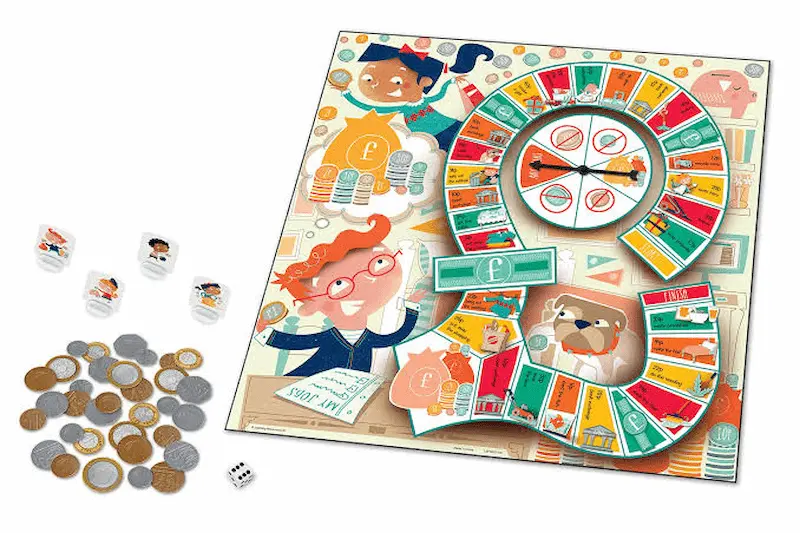
To play the game, each player starts with a set amount of money, typically $5 or $10. Players take turns rolling the dice or spinning the spinner and moving their game pieces.
around the board. Along the way, they collect money pieces or lose money based on the spaces they land on. The goal is to be the first player to collect enough money to fill their money bag and win the game.
Savings Spree
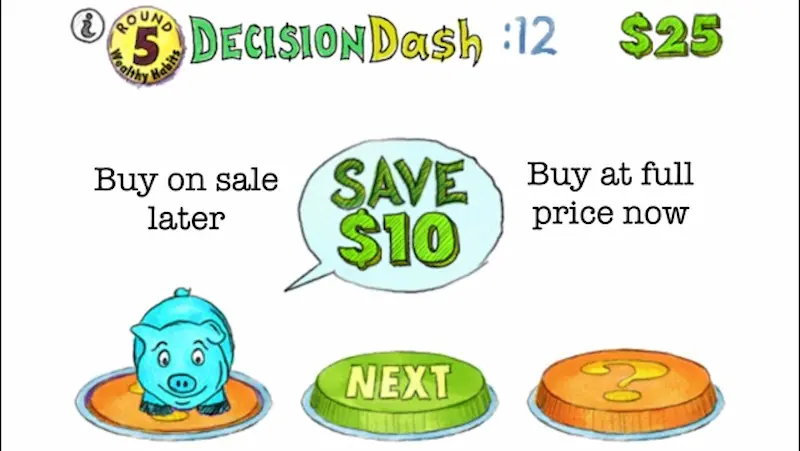
The game is typically played on a mobile device or computer and is available for download from various app stores or online gaming websites.
In the game, players are tasked with managing a virtual household budget, making financial decisions such as how much to save, what to spend money on, and how to invest for the future. The game also includes various mini-games and challenges that test players’ knowledge of financial concepts.
Lemonade Stand

The video game Lemonade Stand simulates running a business. In order to advance in the game, players must decide how much to charge for their lemonade, how much to spend on supplies, and how many cups to produce.
To earn the most cash by the game’s conclusion is the objective. Players in the game Lemonade Stand take turns managing their businesses and rolling dice to determine their sales.
Stock Market Game
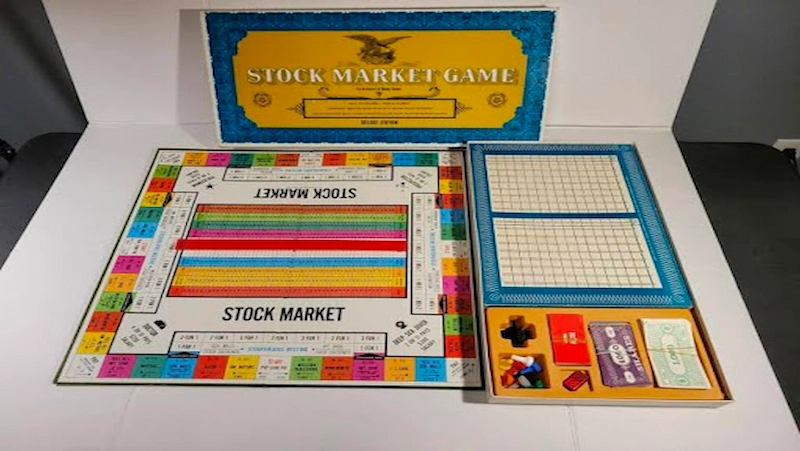
The Stock Market Game is a board game that mimics the process of making investments in the stock market. With a certain amount of money at the beginning of the game, players must choose which stocks to buy and sell.
To win the game with the most money, in the end, is the objective. Players take turns buying and selling stocks while keeping an eye on their portfolios when playing the stock market game.
Cashflow for Kids
This board game, created by Robert Kiyosaki, teaches kids about money management and investing through a simulation of real-world financial decisions. It’s recommended for ages 7 and up.

It’s a simplified version of the original Cashflow game, which is designed for adults.
The objective of the game is to be the first player to accumulate $50,000 in passive income from rental properties, stocks, and other investments.
Players start the game with a certain amount of money and must make financial decisions to earn more income, reduce expenses, and avoid debt. They can invest in stocks, real estate, and small businesses, or they can choose to save their money in a bank account.
Throughout the game, players encounter financial opportunities and challenges, such as unexpected expenses or investment opportunities. They must use their financial knowledge and strategy to make the best decisions and advance toward their goal of financial independence.
Conclusion
Finance games can be useful for kids in several ways:
They teach financial literacy: Finance games can help kids learn about concepts like budgeting, saving, investing, and debt in a fun and engaging way.
They promote critical thinking: Many finance games require kids to make decisions based on limited resources.
They encourage goal-setting: Finance games often involve setting financial goals and working towards them, which can help kids develop goal-setting skills that can be applied to other areas of life.
They provide a safe learning environment: Finance games allow kids to make mistakes and learn from them in a safe environment, without the consequences of real-life financial mistakes.
BrightChamps is dedicated to promoting financial literacy for kids, offering engaging and informative resources and courses to empower young learners with essential money management skills and knowledge.
To learn about more such fun ways of teaching your kids about important future skills, follow Brightchamps blog page and get your hands on useful and free resources!
Frequently Asked Questions (FAQs)
It is always better to start early when it comes to financial independence. If kids start learning now they will be more aware and the chances of losses are less.
The amount of money that is considered financially stable can vary depending on a person’s individual circumstances, such as income, expenses, and lifestyle.
However, in general, financial stability is often defined as having enough money to cover one’s basic needs and expenses, as well as having some savings for emergencies and future goals. This can mean different things for different people, depending on factors such as where they live, their family situation, and their career.
Some financial experts recommend having an emergency fund that can cover at least three to six months’ worth of living expenses, while others suggest saving up to 20% of one’s income for long-term goals such as retirement. Ultimately, the amount of money that is considered financially stable will depend on each individual’s unique financial situation and goals
It varies depending on individual circumstances, but some general financial goals people may strive to achieve by certain ages include having an emergency fund, contributing to retirement accounts, paying off debt, having a positive net worth, and having estate planning documents in place. By age 60, people may aim to be on track for retirement and have a solid estate plan and a plan for healthcare expenses in retirement.
According to various studies, the age group that holds the most wealth tends to be those who are in their 60s and 70s. This is typically due to a combination of factors, including a lifetime of saving and investing, home ownership, and retirement benefits such as Social Security and pensions. However, it’s important to note that wealth distribution varies widely among individuals, and some people may accumulate significant wealth at different stages in their lives due to factors such as entrepreneurship, inheritance, or other forms of financial success.
On average, most people tend to make the most money in their late 30s to early 50s. This is often due to factors such as career advancement, increasing earning potential, and accumulated work experience. However, the exact age at which a person makes the most money can vary greatly depending on their career path, education, and other individual factors. If one is into investing, having multiple sources of income, in real estate, keeps the money.


 We are an army of educators and passionate learners from BrightChamps family, committed to providing free learning resources to kids, parents & students.
We are an army of educators and passionate learners from BrightChamps family, committed to providing free learning resources to kids, parents & students.


